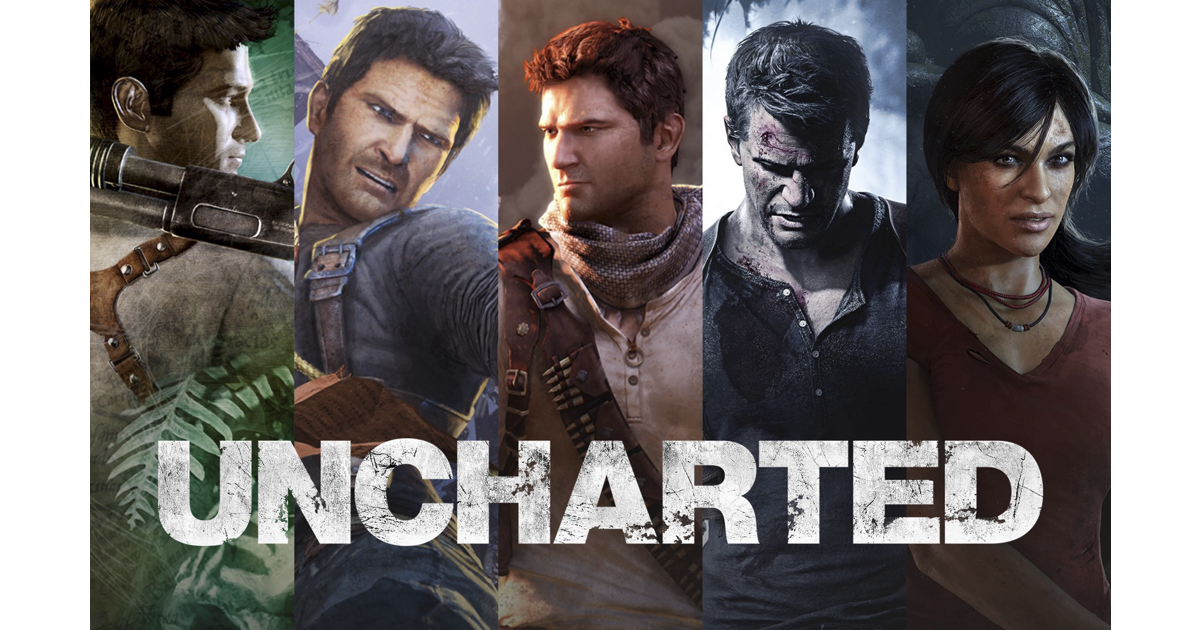Like many kids around the age of six, I was never a fan of being taken to the store with my parents. My only refuge during what felt like endless visits to buy groceries was the video game section. Back then, it was relatively common for stores to have a console set up for customers to try the newest game coming out. I remember the day my dad drove me to Best Buy and I made my way to the gaming section. I remember approaching a round display table with three console setups around its perimeter. On the first screen I approached was a man dressed like a treasure hunter, standing in a wooden building set ablaze by a gasoline fire. Enthralled by the game’s realistic graphics, I started playing the demo level for Uncharted 3: Drake’s Deception.
My dad, who could see my interest in the new release, would later take me to buy the game for our PlayStation 3. As the first “violent” video game I ever played, Uncharted 3 was a jarring shift in theme from the LEGO and Sonic games I had been playing for several years. There are so many people who seem to believe that just because a video game simulates violence, it must encourage real violence. As someone who has been playing these kinds of games for over ten years now, I can say with a great deal of certainty that those people don’t know what they’re talking about.
Uncharted isn’t just a “shoot everything you see” type of game. While killing is undeniably an integral part of the experience, the series is arguably more well-known for its puzzle mechanics. From solving cryptic messages to finding hidden levers, Uncharted’s puzzles kept me more occupied than any shooting level ever could.
What is interesting about my experience with Uncharted as a series is the order in which I played the games. Like any story-driven franchise, having context is a crucial part of understanding what is going on between the game’s characters. As I mentioned before, my first encounter with the series was Uncharted 3: Drake’s Deception. As such, I had not yet played Uncharted 1 or 2 beforehand. This often left me confused as characters made references to people I had never met and events I had never witnessed. This created a rather enlightening experience as I later played the first two games (in reverse order, because why not keep the confusion going?) and began to understand story elements that had been lost on me for several years.
When my mom finally agreed to buy me the PlayStation 4 in 2016, I was ecstatic to learn that the console came with the newly-released Uncharted 4: A Thief’s End. After playing the first three games backward over the course of five years, it was refreshing to complete the franchise’s final installment with all the context I needed to understand the story’s conclusion. As the last franchise I got the chance to experience in my childhood home, Uncharted will always undoubtedly be a special part of my childhood.

0 comments on “PAS3: Uncharted” Add yours →